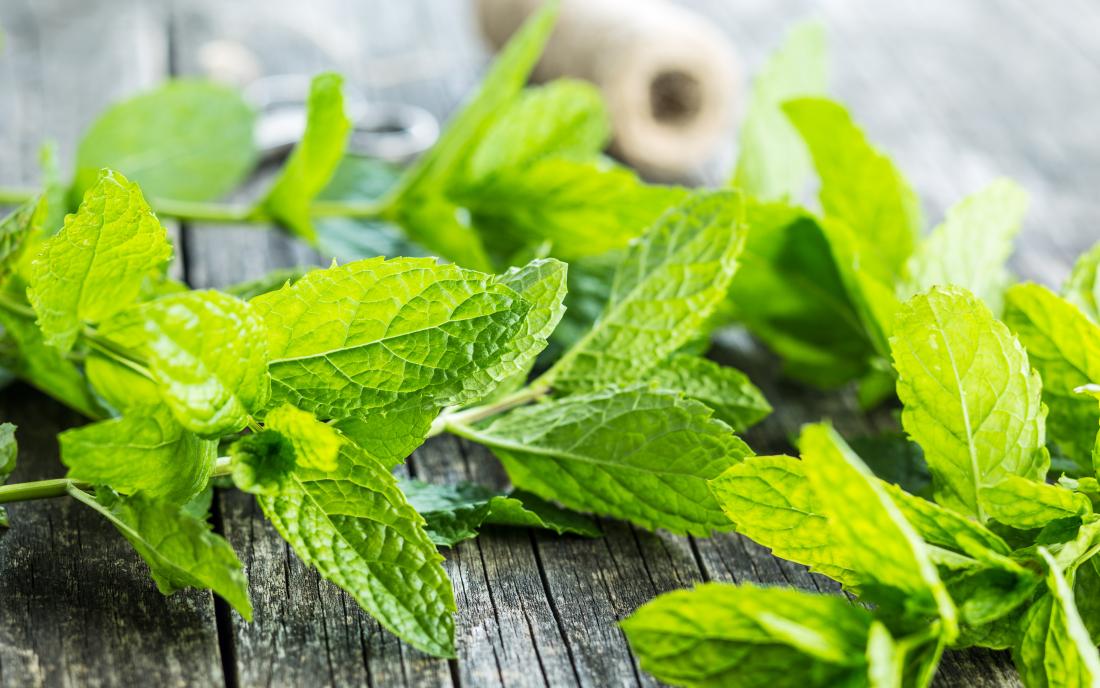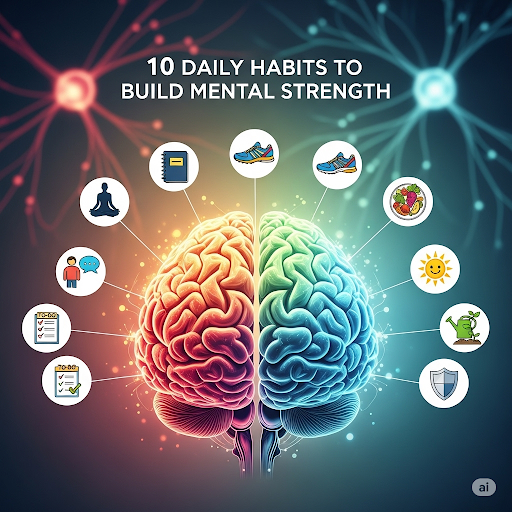Imagine holding a leaf so small and humble that it fits between your fingertips, yet powerful enough to soothe a headache, calm a bloated belly, revive tired skin, and freshen your breath in an instant. That’s mint for you. It’s more than a splash of green on your mojito or a garnish on your plate—it’s a wellness treasure hiding in plain sight.
Mint has graced herbal medicine cabinets and dinner tables across cultures for centuries. From ancient Greeks rubbing it on their arms for vigor before battle, to grandmothers across South Asia brewing it into healing teas, mint is the kind of herb that has lived a thousand lives. And modern research? It’s just starting to catch up, confirming what tradition already knew: this leaf packs serious power.
A Leaf with Legacy
Belonging to the Lamiaceae family, mint comes in several varieties, but the two most commonly used are peppermint and spearmint. Each has its own distinct flavor and health benefits, but both are rich in menthol, antioxidants, essential oils, and trace nutrients that make them nutritional and therapeutic gold.
The best part? You don’t need to be a herbalist or a chef to use mint. Whether you’re drinking it, eating it, applying it, or simply inhaling its crisp scent, mint finds its way into your routine effortlessly.
A Soothing Balm for the Gut
If your digestive system had a best friend, it would be mint. One of mint’s most lauded qualities is its ability to calm an unsettled stomach. Thanks to menthol, mint acts as a natural muscle relaxant for the gastrointestinal tract. It eases spasms, helps food move more smoothly through your system, and relieves the all-too-familiar bloating and gas that can sneak up after a heavy meal.
In fact, peppermint oil is often recommended for people suffering from IBS (Irritable Bowel Syndrome). Whether you’re steeping mint leaves in hot water or chewing them raw, they work to reduce inflammation, support digestion, and give your stomach the comfort it craves.
Fresh Breath But Make It Medicinal
We all know mint as the star of chewing gum and toothpaste commercials. But its real power lies in more than just masking odors. Mint has natural antibacterial and antifungal properties that tackle the root cause of bad breath—bacteria buildup in your mouth.
Chewing on fresh mint leaves can act as a quick, effective, and natural mouth cleanser. Unlike chemical-laden mouthwashes, mint doesn’t just cover up the odor—it helps eliminate it at the source. It’s nature’s mouthwash, and it comes without the alcohol burn.
The Mind Mint Connection
We often think of herbs in terms of physical health, but mint also plays a beautiful role in mental wellness. The scent alone has a rejuvenating quality. Studies have shown that inhaling mint can increase alertness, improve memory, and reduce anxiety.
This is why mint essential oil is often used in aromatherapy and diffusers. Whether you’re feeling mentally sluggish or overwhelmed, a cup of mint tea or a few drops of peppermint oil on your temples can bring surprising clarity. It’s like a cool breeze through a foggy brain.
A Natural Healer for Headaches
If you’re prone to migraines or tension headaches, mint might be your new go-to relief. The menthol in peppermint has a cooling effect that relaxes muscles, eases tightness, and improves blood flow in the head and neck area.
Applying diluted peppermint oil or crushed mint leaves to your temples and forehead is one of the oldest and most natural ways to beat back a headache—no pills, no side effects, just good old plant power doing its thing.
Mint for Immunity and Cold Relief
When you’ve got a scratchy throat or blocked sinuses, mint works like a charm. The menthol acts as a natural decongestant, thinning mucus and clearing airways. It’s why mint is a key ingredient in many cough syrups and throat lozenges.
Hot mint tea not only comforts the throat but also stimulates the body’s immune response, thanks to its rich antioxidant content and antibacterial compounds. It’s like giving your immune system a warm, minty hug.
Skin Soother and Glow Booster
One of mint’s most underrated uses is in skincare. It’s loaded with salicylic acid, which gently exfoliates, reduces inflammation, and helps control oil production. Mint is especially helpful for acne-prone skin—it kills bacteria and soothes redness at the same time.
A quick DIY? Crush a few mint leaves, mix with a teaspoon of honey or rose water, and apply it as a face mask. Your skin will feel refreshed, calm, and revived—no fancy spa needed.
A Quiet Ally in Weight Management
While mint won’t replace your workout, it can support your weight goals in subtle ways. It stimulates digestive enzymes, which help absorb nutrients from food more efficiently and convert fat into usable energy.
It also has a mild appetite-curbing effect. A minty drink or tea between meals might help you skip that unnecessary snack, all while keeping your metabolism gently humming.
Smart Ways to Use Mint Daily
The beauty of mint is how versatile it is. You don’t need to buy expensive extracts or capsules to benefit from it. Here are a few everyday ways to let mint work its magic:
- Mint tea: Simple, soothing, and effective. Just steep fresh leaves in hot water.
- Infused water: Add mint to cold water with cucumber or lemon for a refreshing detox drink.
- Smoothies: Throw a few leaves into your green smoothie for a burst of flavor and extra nutrients.
- Chutneys and dips: Mint blended with coriander, garlic, and a dash of lemon makes a tangy condiment.
- Skincare: Add mint-infused water to your toner or mix crushed mint into face masks.
- Aromatherapy: A diffuser with peppermint oil can reset your energy during midday slumps.
Grow Your Own Mint: Yes, You Can!
Here’s the best part: mint is ridiculously easy to grow, even if you don’t have a garden. All it needs is partial sunlight, a bit of water, and a pot with good drainage. It grows fast and spreads wide, so you’ll always have a fresh supply ready for tea, recipes, or skincare rituals.
Having a mint plant at home is like keeping a little green pharmacy on your windowsill.
Final Thoughts: Small Leaf, Big Impact
In a world full of overhyped superfoods and synthetic supplements, mint remains beautifully simple and shockingly effective. It’s the kind of herb that’s been quietly healing people for generations—cooling fevers, calming minds, and clearing up skin without asking for applause.
So the next time you see a sprig of mint on your plate or in your drink, don’t brush it aside. That little green leaf has stories to tell, wisdom to share, and healing to offer—one cup of tea, one deep breath, and one refreshing moment at a time.












